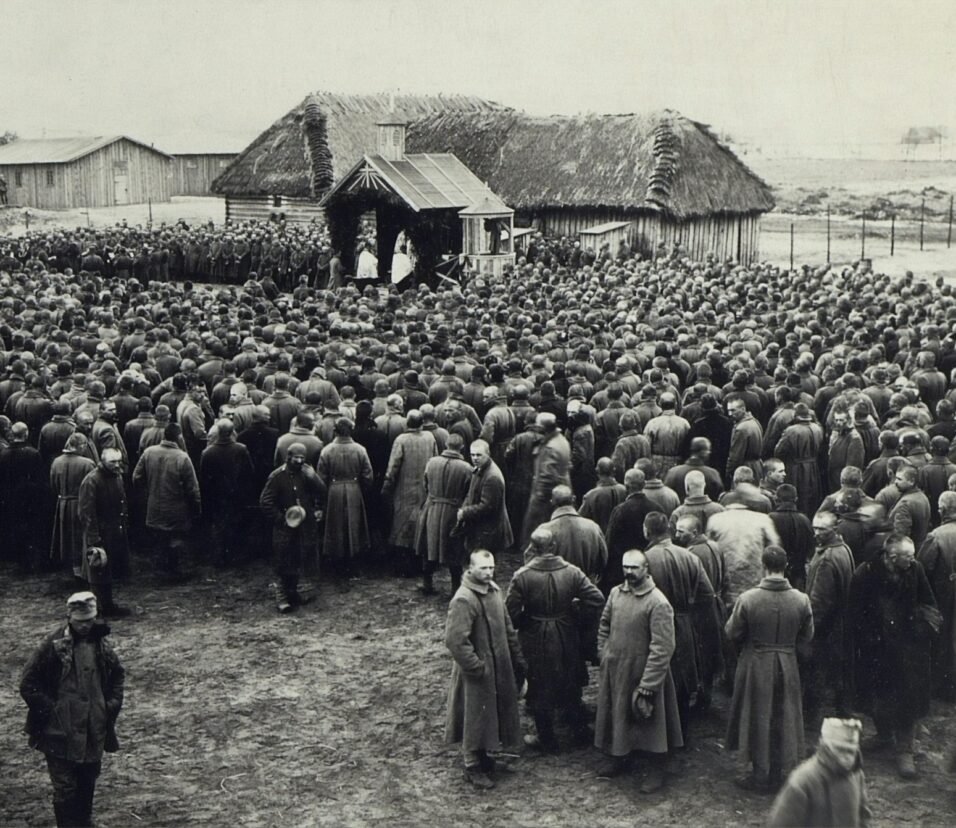Timeline of the American Revolution
The timeline of The American Revolution, a monumental period in world history, saw thirteen American colonies break away from British rule to establish the United States of America. This timeline delves into the pivotal moments and events that shaped this revolution, offering a clear, concise view of a complex period.
1754-1763: The French and Indian War
Key Event: British forces, in alliance with colonial militias, fought against French and Native American coalitions. This war sowed the seeds of discontent due to the heavy financial burdens it placed on the British Empire.
1764: Sugar Act
Significance: To offset the costs of the French and Indian War, Britain imposed new duties on sugar and molasses imported into the colonies. This marked the beginning of colonial resentment toward British taxation.
1765: Stamp Act
Turning Point: This act mandated that printed materials within the colonies be produced on stamped paper from London, signaling an unprecedented peacetime tax. Opposition was fierce, leading to the first major colonial protest against British imperial policy.
1767: Townshend Acts
Significance: New taxes were levied on goods like tea, glass, and paper. The colonists’ slogan, “No taxation without representation,” grew louder.
1770: Boston Massacre
Key Event: A skirmish between British soldiers and Bostonians turned deadly. This incident amplified anti-British sentiments and was used as propaganda to fuel the revolutionary spirit.
1773: Boston Tea Party
Turning Point: In protest against the British Tea Act, the Sons of Liberty, dressed as Mohawk Indians, dumped an entire shipment of tea into the Boston Harbor. This act of defiance led to severe British retaliation.
1774: First Continental Congress
Significance: In response to the punitive “Intolerable Acts” by the British, delegates from 12 of the 13 colonies met in Philadelphia. They agreed to impose an economic boycott on British goods.
1775: Battles of Lexington and Concord
Key Event: Marking the start of the Revolutionary War, these confrontations came after British troops attempted to seize colonial weapons and arrest revolutionary leaders.
1776: Declaration of Independence
Turning Point: On July 4th, the Continental Congress adopted this landmark document, penned primarily by Thomas Jefferson. It formally declared the colonies’ intention to sever ties with Britain.
1777: Battle of Saratoga
Significance: A decisive victory for the American forces, this battle proved pivotal as it secured French support for the revolutionary cause.
1781: Siege of Yorktown
Key Event: The final major military action of the war, British General Cornwallis surrendered to a Franco-American force, signaling an imminent end to the conflict.
1783: Treaty of Paris
Conclusion: This treaty formally ended the Revolutionary War, with Britain recognizing the independence of the United States.
1787: U.S. Constitution Drafted
Significance: Replacing the Articles of Confederation, the U.S. Constitution was drafted, laying the foundation for the federal government of the United States.
Colonial Life and Social Structures
Before diving into the heat of the revolution, it’s crucial to understand the backdrop against which these events unfolded. The American colonies were a patchwork of communities with varied ethnic backgrounds, religions, and economies.
- Social Divisions: Colonies had a class structure, with a distinct upper class comprising merchants, lawyers, and plantation owners. However, the majority were farmers, artisans, and laborers.
- Slavery: This institution was deeply entrenched, especially in the southern colonies, leading to societal divisions that would resonate for centuries.
- Native Americans: Their alliances and conflicts with both the British and the colonists added layers of complexity to the revolutionary narrative.
Women in the Revolution
While the revolution’s narrative is dominated by male figures, women played indispensable roles. They maintained homes and farms, served as spies, and nurses, and even disguised themselves as men to fight.
- Prominent Figures: Women like Abigail Adams advocated for women’s rights and influenced their revolutionary counterparts. Molly Pitcher became legendary for her role in the Battle of Monmouth.
Post-Revolution: The Critical Period
The end of the war did not automatically translate to stability.
- Economic Challenges: The young nation faced immense debt and struggled to establish a sound financial system.
- Internal Conflicts: Shays’ Rebellion (1786-87) highlighted the discontent among sections of the population, underscoring the need for a strong central government.
Legacy of the Revolution
The American Revolution was not merely a change of rulers; it was a profound shift in societal values and governance principles.
- Influence on Global Movements: The revolution inspired other global movements, notably the French Revolution.
- Democratic Ideals: The concepts of liberty, individual rights, and democratic governance became cornerstones of American identity.
Final Reflections
The American Revolution was more than a series of battles and political maneuvers. It was a profound statement about governance, liberty, and the rights of individuals. This timeline offers a glimpse into the significant events that paved the way for the birth of a nation.
In understanding these pivotal moments, we gain insight into the sacrifices made and the ideals upheld by the revolutionaries. Their vision, courage, and determination serve as a testament to the enduring spirit of the American ethos. Today, as the nation evolves and faces new challenges, the lessons and legacy of the American Revolution continue to inspire and guide.







